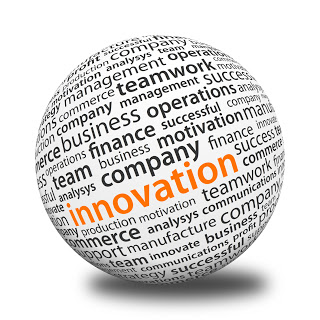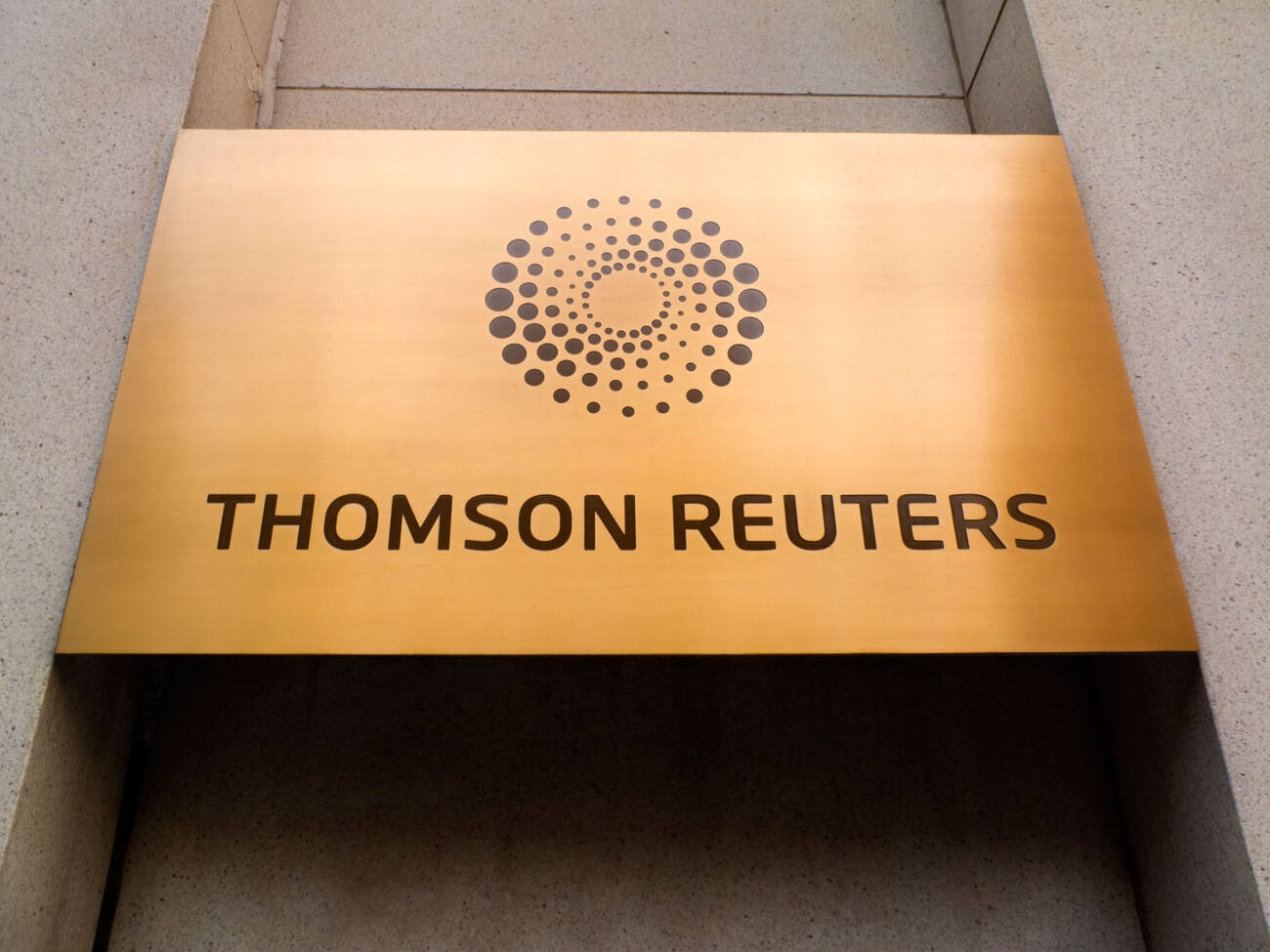We’re living in an innovate-or-lose age. In business, much of what worked yesterday no longer works today.
Every sector and organization, including public accounting firms, needs to stay nimble. Otherwise, they risk being disrupted out of existence by new technologies or failing to adapt to market conditions.
Innovation even affects your ability to hire the best and brightest to your team. An overwhelming majority (87 percent) of professionals in a Robert Half survey said they pay attention to a potential employer’s reputation for being innovative. If your firm is known for its old-fashioned practices and inflexible ways, you may not be doing all you can to find and keep top accounting candidates.
How do you foster a spirit of creativity? Here are do’s and don’ts:
DO cut the red tape. In an adjoining Robert Half survey, financial executives reported the number-one barrier to innovation is too much bureaucracy.
A good exercise for leaders involves following the path of a winning suggestion from beginning to end. In medicine, this is called the bench-to-bedside process. If your lowest-level employee has a million-dollar idea, how many hoops does he or she need to jump through to see it implemented? Chances are good you can cut out steps and reduce the paperwork.
DON’T get bogged down. When launching an improvement project, there’s a temptation to measure and record every detail and to convene the whole group at each stage. Due diligence and buy-in are laudable, but too much of a good thing puts the brakes on your team’s progress.
Accounting managers can learn from software developers, who swear by the scrum approach to project management. Using this framework, a small team works in time-limited sprints and touches base daily during short stand-up meetings. This can accelerate innovation.
DO schedule time for brainstorming. Most public accounting firms have two seasons: busy and crazy busy. This leaves little time or mental energy for employees to innovate.
To counter this nose-to-the-grindstone mentality, dedicate time for regular brainstorming sessions. This can be part of staff meetings and off-site gatherings where your team has dedicated time to socialize new ideas. Before you say your team doesn’t have the bandwidth for such nonessentials, remember it is precisely in the throes of busy periods that people often come up with the best suggestions for maximizing efficiency.
DON’T exclude anyone. We all have a natural tendency to listen more closely to new ideas from people who are well-known or have years of experience. But innovation can come from anyone. Administrative staff, for example, often have a better view of process inefficiencies than those above them. Especially valuable are new hires and interim professionals, who bring fresh eyes and perspectives and can often see opportunities in areas where long-time employees have become habituated.
DO lead by example. As a leader, you come up with plenty of ideas the team doesn’t get to see. Put yourself through the same process as everyone else. When you have an idea, submit it to the team for discussion. Don’t get defensive when that idea is challenged. Not every suggestion has merit, and testing the worth of each one is all part of the process. Show your team how to have better conversations about developing and vetting ideas.
DON’T demand creativity. You can require employees to meet deadlines, follow GAAP and maintain their CPA license. You can’t, however, make them innovate.
It takes time for ideas to germinate. Think of the office as a greenhouse, and you’re the grower who oversees tender new ideas. To get gorgeous fruit, you need to provide the right conditions and be patient.
DO play up collaboration. Sure, trailblazing approaches can come from the lone genius, but many ideas require cross-fertilization and encouragement.
Your priority is to pave the way for productive conversations. Set up areas for free-form discussions. For example, create a space with comfortable chairs and white boards. As much as possible, incorporate remote workers into brainstorming processes, such as through online collaboration tools and videoconferences.
One of the obstacles to innovation executives cited was ineffective leadership. Don’t let yourself stand in the way of great ideas. Start dismantling those barriers now.
————
Paul McDonald is senior executive director at Robert Half, the world’s first and largest specialized staffing firm. He writes and speaks frequently on hiring, workplace and career-management topics. Over the course of more than 30 years in the recruiting field, McDonald has advised thousands of company leaders and job seekers on how to hire and get hired.
Thanks for reading CPA Practice Advisor!
Subscribe Already registered? Log In
Need more information? Read the FAQs
Tags: Firm Management





